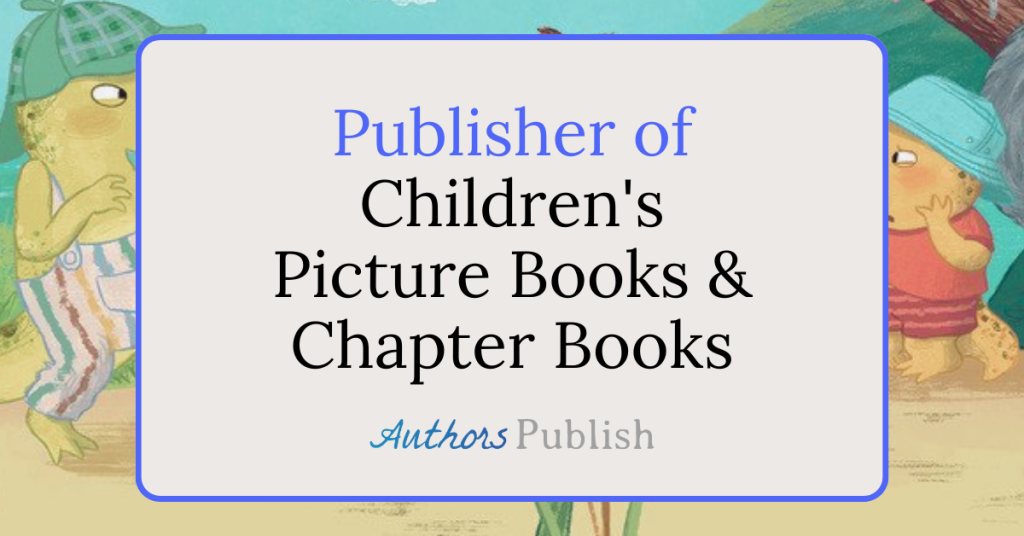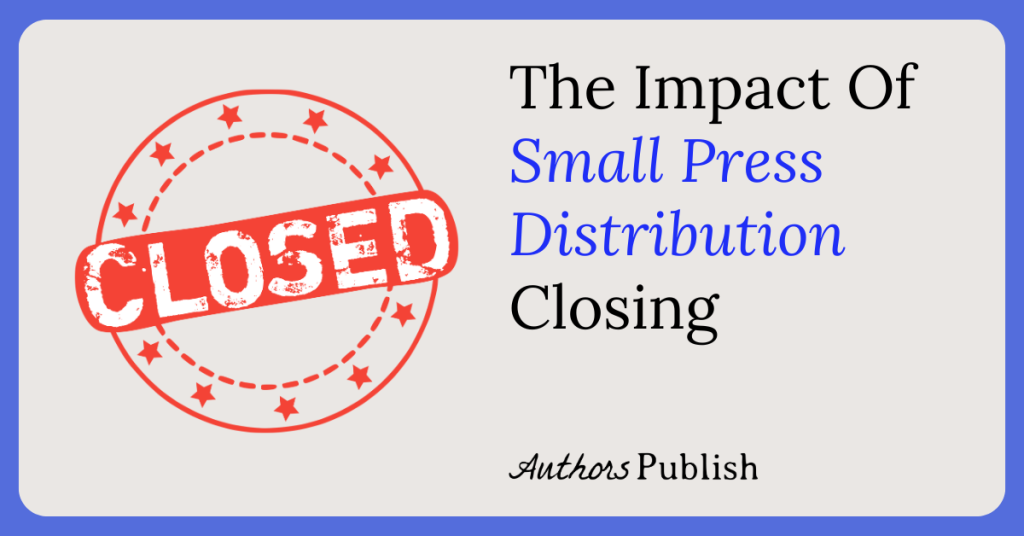Chapbooks are very small books, usually no more than 30 pages in length, 50 at the most. They frequently have no spine and are often bound with staples. They have been around for a long time, at least since the 16th century, when they were associated with fiction, but now they almost always function as a vehicle for poetry.
There are a number of presses and literary journals that publish chapbooks either through open submissions or through social contacts. Also a lot of poets self publish chapbooks. Self publishing your chapbook is not considered to be the same as self publishing a book. It does not have a lot of the same stigmas surrounding it. In the poetry world, a writer is often looked down upon if they have self published a manuscript of their poems for sale, it is seen as an act of vanity, yet self publishing a chapbook is seen as a positive thing, a way to share your poems with others.
One of the reasons this distinction is made between books and chapbooks is that all the material that you put in a chapbook can be re-published later on as part of a larger collection as long as you publish no more than 500 copies of the chapbook. Another reason is that a chapbook is simple and cheap to make. You can almost give them away for free and most chapbooks are sold for between 3-7 bucks.
Poets that start writing outside of an established community, like I did, do not always see the need for chapbooks. When I was in my second year of graduate studies, my fourth or fifth year as a serious writer of poems, I finally started to understand the function and purpose of chapbooks. I realized that a lot of the writers I enjoyed I had initially discovered through their chapbooks. Many of these were purchased on a whim, before I later committed to buying a whole book (or two).
A famous poet later explained it to me as this: A chapbook is your calling card, it is a way for someone to get a much better feel for the poetry that you write, and it is also a stepping stone, a way to get that much closer to publishing a full manuscript. Because most poets first books take over a decade to get published, if you are working within the traditional system of contests and open reading periods, it is good to publish a chapbook or three, while refining that manuscript and submitting it. A chapbook is a great way to get your name out.
I have published two chapbooks now, both through chapbook publishers. I chose to go that route because both publishers were familiar with my work and approached me. So both times my work was solicited. My first chapbook opened so many doors for me. I ended up selling a fair number of copies and doing several important interviews because of them. A copy of my chapbook is at Poet’s House in NY and another is at a local library. Those are small steps of course, but they are steps forward that have lead to other greater opportunities.
My advice to most poets who are interested in publishing a chapbook is to gather up a small number of poems, between 10 and 25, that are thematically linked and put them together as a chapbook manuscript. Then find a few chapbook publishers with open reading periods that do not charge, and submit the manuscript. If no one accepts your manuscript you can easily self publish it, then you will have something to give to your friends and sell at readings.
If you are interested in learning a more about some respected chapbook publishers, this is an excellent article to read.






